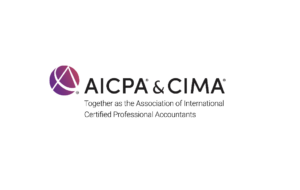INOVO director Jan Kühn says tactical debt collection is important to business survival and sustainability.
Given Black Friday bargain hunting and Festive Season shopping, consumer spending is expected to increase dramatically and although this brings some healthy revenue to businesses, it also has a big impact on the amount of debt consumers take on. This is a big challenge to any CFO who is already trying to juggle the impact of debt on balance sheets and make decisions around strategic investment in the new year.
The role of tactical debt collection, and particularly the involvement of forward-thinking contact centres, will become more important to business survival and sustainability than ever before. There are ways in which businesses can ensure debt collection success (and healthy returns on their investments).
Invest in prevention techniques
When examining global trends within debt collection and contact centre strategies, it is clear that this forward-thinking and more dynamic approach is being recognised as key to business sustainability and contact centre success. From an economic perspective, the cost of collection is far more than investing in prevention, so it is imperative that leaders and managers embrace an operational culture of proactive outreach.
Every business is only as good as its people, which means that educating and empowering your employees on debt collection best practices is a must. Often, this requires an investment in technology, providing specialised training on the use of new apps, tools and platforms, as well as continuously garnering the feedback of employees during the rollout.
From a consumer’s perspective, it is important to consider that they usually don’t intentionally neglect to pay their bills – they just need to be reminded at the right time, so investing in the technology to enable this is key to success.
Timing and easy payment is everything
One of the most important factors is when people get paid, i.e. do they receive their salaries at month end; or the first day of the month; or do they get paid weekly, biweekly or bimonthly, etc. This insight is critical and reaching out to consumers with reminders ‘at the right time’ requires contact centres to gain insight into the unique circumstances of every individual.
Business and contact centres should leverage technology to make it as quick, easy and as seamless as possible to settle accounts. To begin with, provide customers with easy-to-read statements so that they can understand their account and feel both informed and respected. From there, the statement should contain a secure link or mechanism via which the customer can pay the bill quickly and easily – without having to negotiate a new platform or system.
By learning about the things that prevent customers from paying will not only demonstrate respect and understanding, but will also develop payment structures that serve the needs of both parties. Rather negotiate and be innovative (and flexible) to provide solutions that meet the unique needs of debt-laden consumers.








